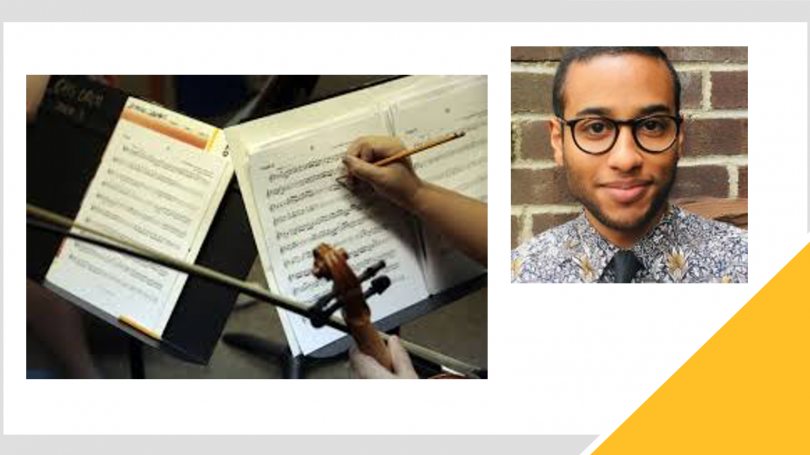
- Undergraduate
- Graduate
- News & Events
- People
Back to Top Nav
Back to Top Nav
Back to Top Nav
The Rhetoric of Seduction; or Materiality under Erasure
Marcus R. Pyle
To say"rhetoric of seduction"is to discussthe language of the body—a textualized, mate-rial body, a body that speaks itself into existence,a body that penetrates its listening objects withits voice. It is my intention, by focusing onfemmes fatales'episodes of seduction, to reeval-uate the material manipulation of the voice.
Throughout this article, I will address two operatic women—Carmen and Salome. My rea- sons for choosing Georges Bizet's Carmen (1875) as a precursor to modernist femmes fa- tales, most especially Richard Strauss's Salome (1905), are provoked by Nietzsche—"the middle man," so to speak. Nietzsche, who by the pre- miere of Carmen had grown disenchanted by Wagner, saw Bizet's opera as the aesthetic and philosophical standard bearer of opera. Nietzsche, as Gary Tomlinson contends, rejects the "metaphysics" of Wagner (by which he means the lofty philosophical underpinnings) in favor of opera that "dances" and foregrounds the body as a site of subjectivity.